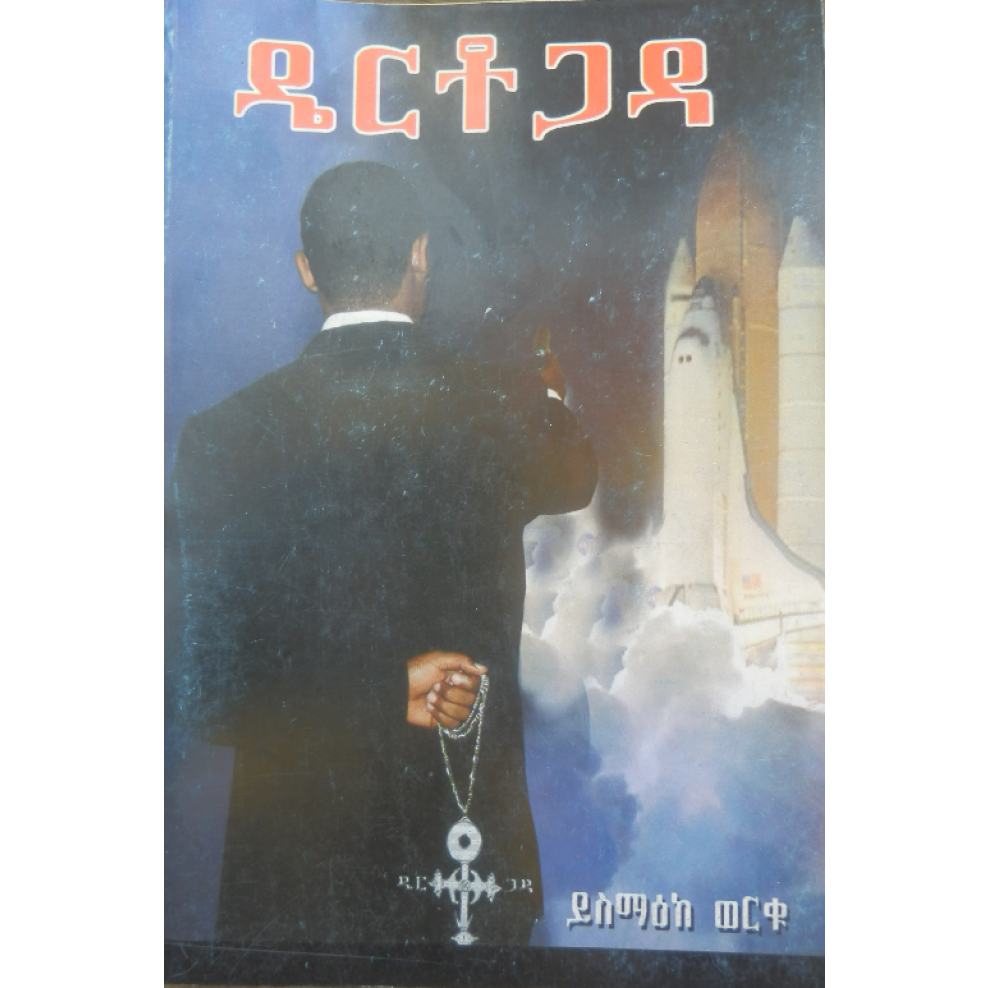

One anonymous witness reported that Eritrean soldiers massacred civilians who sought refuge in a church, leaving their bodies unburied. Gruesome reports have surfaced of unimaginable violence against civilians. However, the destruction extends far beyond physical infrastructure. The bombing of this sacred place, along with the desecration of numerous other monasteries and churches, has left the local community grappling with a severe food crisis, loss of cultural identity, and insufficient funds for restoration. Among the most significant losses is the damage inflicted upon Debre Damo, a 6th century monastery renowned for its historical significance. The Ethiopian Orthodox Tewahedo Church, a symbol of spiritual unity and cultural heritage, has been ravaged by war. In the Tigray region of Ethiopia, the echoes of conflict linger in the ruins of its once revered landmarks. In addition to the Manuscripts Division, there is one Ethiopic manuscript each in the Scheide Library and Cotsen Library, and an additional one in the Princeton University Art Museum.Destruction of Historical Landmarks and Religious Structures For more information, consult the 450-page online catalog Ethiopic Manuscripts in the Princeton University Library. Willsie, Class of 1986, has been the principal donor of Ethiopic manuscripts, especially magic scrolls. In the years since the Garrett donation, Ethiopic manuscript holdings have continued to grow by gift and purchase. The following year, Littmann led a German expedition to Aksum. Garrett acquired the bulk of his Ethiopic manuscripts from the eminent German philologist Enno Littmann, who led a Princeton expedition to Tigray in 1905.

Princeton's best Ethiopic manuscripts were collected by Robert Garrett, Class of 1897, and donated to Princeton in 1942. There are also several manuscripts illuminated in the Second (or late) Gondar style, which emerged in the old imperial capital of Gondar in northern Ethiopia from the 1720s and 1730s. Text manuscripts include Gospel Books, Psalters, the Book of Enoch, homilies, liturgy, chant, saints’ lives and miracles, theology, law, and compilations of texts related to divination and popular magic. The Manuscripts Division has one of the largest collections of Ethiopic manuscripts outside Ethiopia, including nearly 180 codices (bound manuscripts) and more than 500 magic scrolls (amulets), dating from the 17th to 20th centuries, chiefly written in Ge'ez, the sacred language of the Ethiopian Orthodox Church, with small amounts of text in Amharic.


 0 kommentar(er)
0 kommentar(er)
